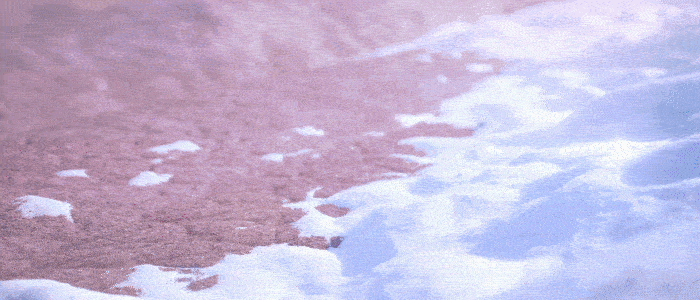Our internal productions serve a dual purpose. The primary objective is passion, allowing our team to work on projects they are truly passionate about. The second objective is to experiment with and continuously improve our production pipeline. Implementing new production techniques during client projects with tight deadlines can be challenging, so internal projects provide a perfect testing ground.
https://cgstudio.live-website.com/wp-content/uploads/2024/05/Baby-fresh-fake-commercial-3ds-Max-Tyflow-Redshift.mp4|
The team With this goal in mind, a talented and motivated young team set out to create a humorous fake commercial. The project is spearheaded by Manon Carrier, Johan Cayrol, Etienne Fagnere, and Pauline Grégoire, under the supervision of Ludovic Habas. |
  |
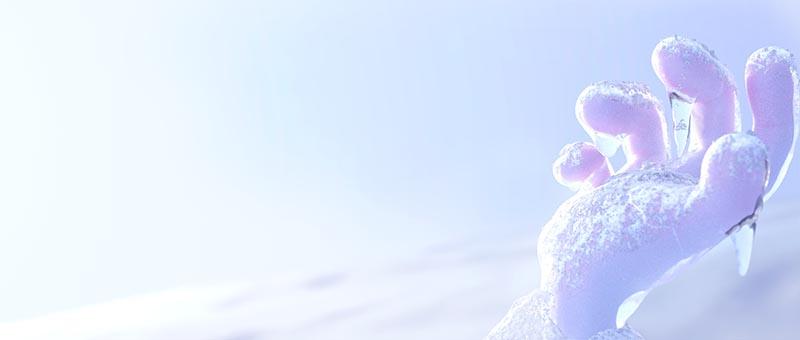  |
|
The production pipeine For this short film, our pipeline relies on Adobe Suite for pre-production, compositing, and editing, ZBrush for modeling, and Substance Painter for texturing. 3ds Max is the backbone of our animation process, enhanced with FX plugins like Forest Pack and FumeFx, and rendered using the Redshift 3D engine. |
  |
| We are also testing two pipeline management plugins on this production: Vexus and SmartRefs. |
  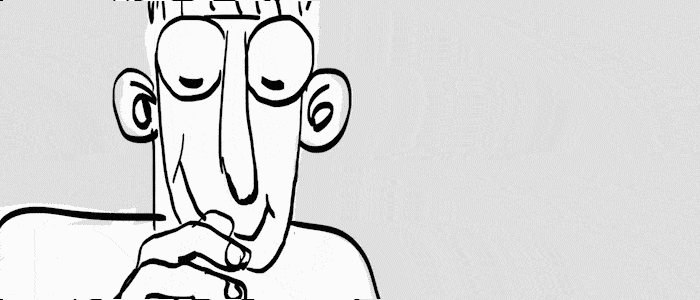  |
Storytelling &storyboard Everyone contributed to brainstorming an original idea, and the group naturally gravitated towards one concept. The next step was creating the storyboard, which visualizes all key sequences in a simplified comic-strip format. With the storyboard in hand, we developed an initial production schedule outlining all key steps. |
|
2D layout and design The storyboard was animated to create a 2D layout, allowing us to easily verify and adjust our timings for each sequence. |
 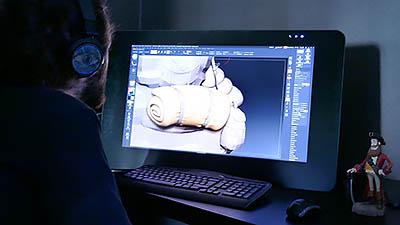 |
| Character design Character design was developed in parallel, aiming to enhance the comedic effect of the short film and create a duo that worked well together. |
  |
 |
|
3D Production The team then divided into specialties to start the 3D production. Characters were sculpted in ZBrush and finalized in 3ds Max. This step is crucial as it involves translating 2D designs into 3D models, which is equally challenging for props. |
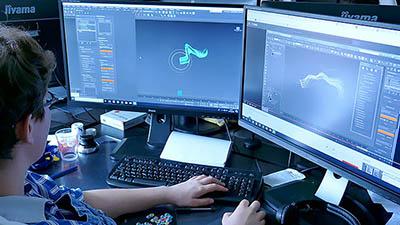  |
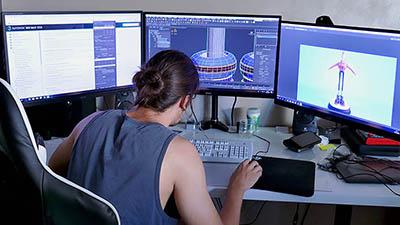  |
Texturing Once the initial models were ready, the texturing work began in Substance Painter. The goal was to achieve visually credible materials that stayed true to the design visuals. Each item, from clothing to objects, was meticulously textured to achieve the desired graphic quality. |
Rigging and AnimationAt CG-Animation, rigging is our specialty. This process involves defining all the articulation points for characters or objects that will move in the film, essentially creating a skeleton for our characters and attaching their “skin.” This technical work transforms our models into digital puppets. |
 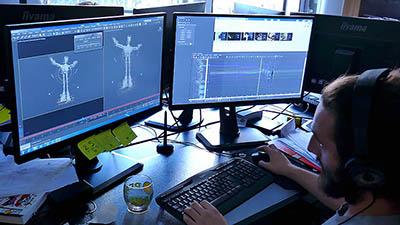 |
|
Once rigging is complete, animators bring these digital puppets to life. This meticulous work demands a keen eye for detail and patience, as 25 frames per second are required to create the illusion of movement, meaning each frame must be carefully posed to animate our characters convincingly. Environment and Rendering In this project, the creation of environments and scene lighting were closely integrated. Unlike other projects where these steps are usually separate, each shot here has its unique setting, requiring meticulous work to bring the scenes to life. This process demands patience as rendering all the images can be time-consuming due to the extensive calculations required by the machines.
|
|
FX Special effects allow us to realistically reproduce visual elements that would be too time-consuming, costly, impractical, or even impossible to create manually. These effects often require advanced technical skills. In our short film, special effects are numerous and critical. They include simulations of snow, fog, and even the characters’ hair. This step, which also demands significant computing resources, begins once animation and environments are complete, adding credibility to the images. |
|
Compositing and Editing Compositing is the art of assembling all elements created by each department, correcting their colors, and refining them to make each sequence as visually appealing as possible. This final touch highlights the hard work done by everyone involved. Editing follows, which involves piecing together each composited sequence to finalize our short film. |

